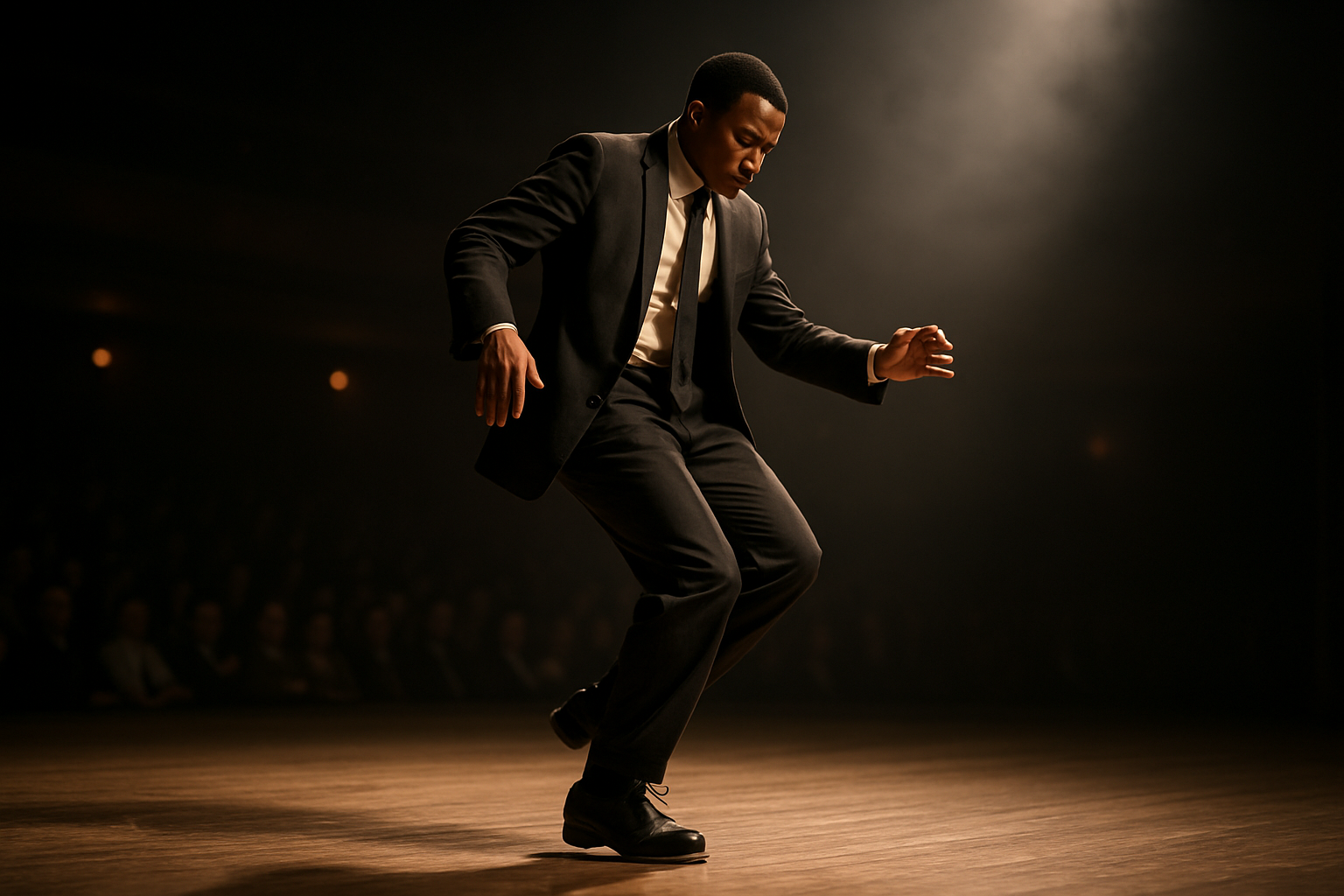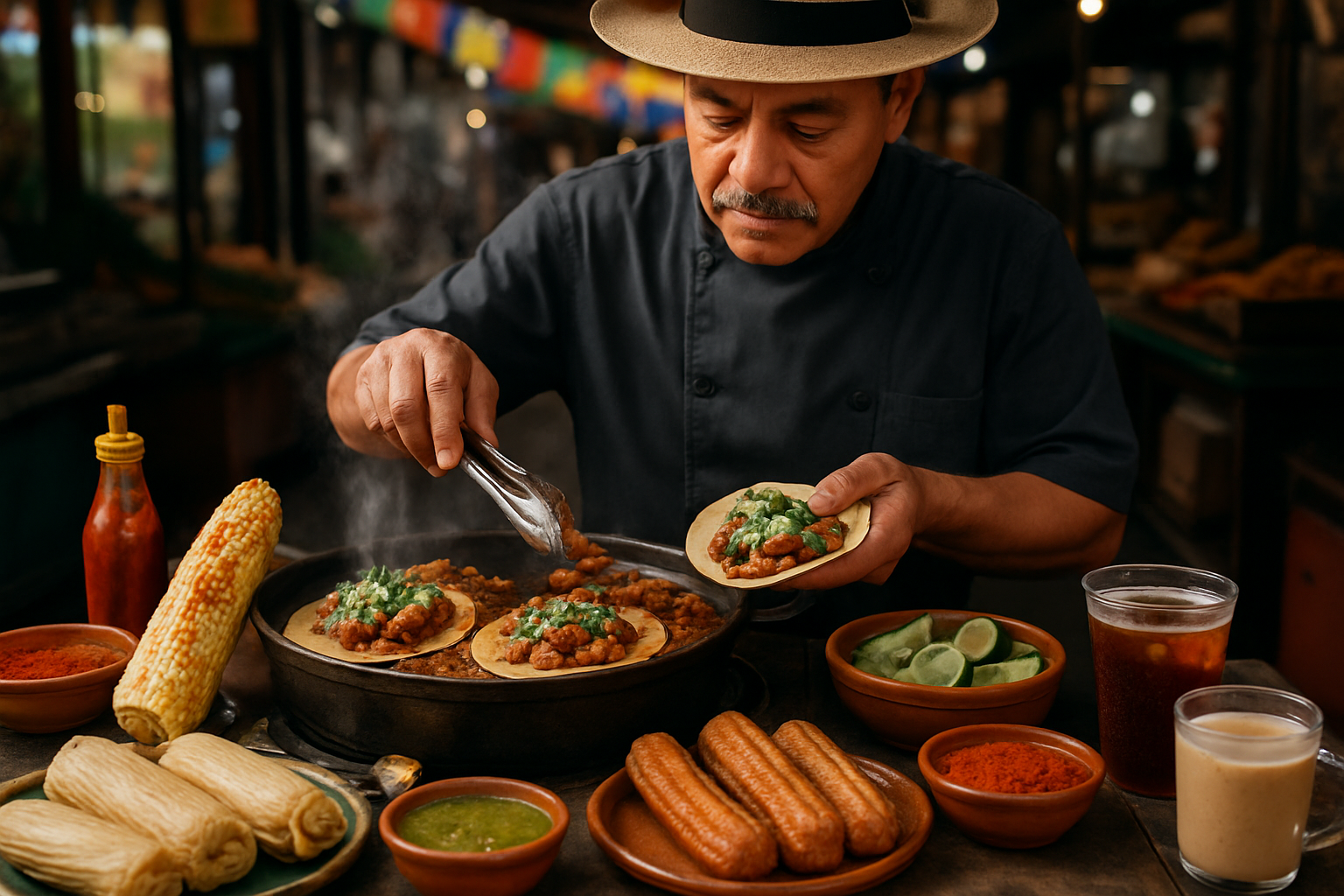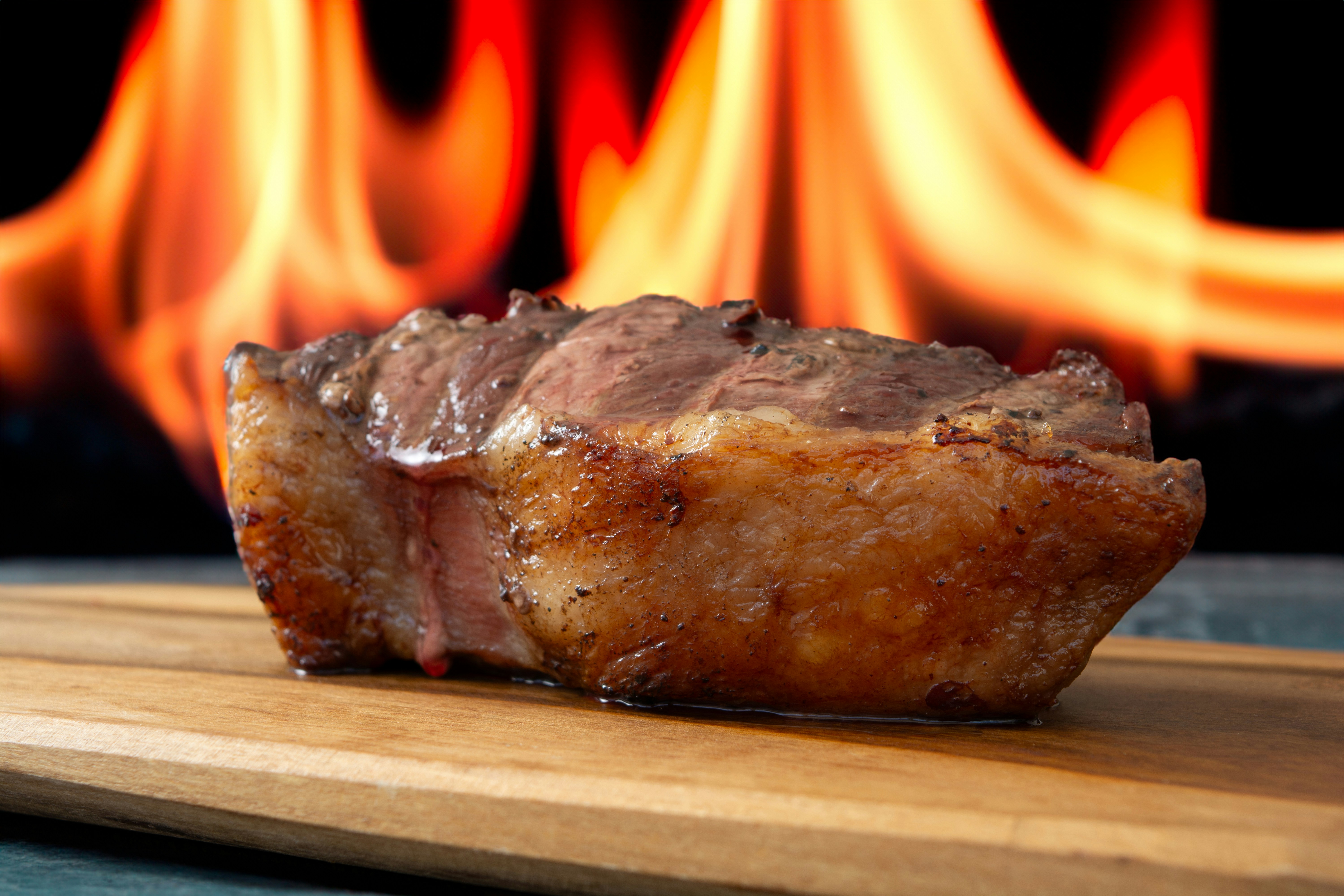Syncopated Steps: The Subtle Transformation of Tap Dance in the 21st Century
Tap dance, a quintessentially American art form, has experienced a subtle but significant transformation in the 21st Century. This rhythmic dance style has moved from the spotlight of Hollywood musicals to an evolving platform of artistic expression. With a deep dive into its roots, the journey of its evolution, and its current status, we unearth the fascinating transformation of tap dance in the 21st Century.

The Roots of Tap Dance: A Fusion of Cultures
The history of tap dance is a rich tapestry woven from diverse cultures. It originated in the 19th century as a fusion of African rhythmic footwork and Irish jigging. The dance form evolved on the plantation fields of the American South, where enslaved Africans and Irish indentured servants intermingled. Their cultural exchange led to the creation of a new dance style, marked by rhythmic foot tapping and upper body stillness, a unique blend of African rhythms and European dance forms.
Tap Dance and its Golden Age: Hollywood’s Footwork Fantasy
In the early 20th Century, tap dance found its way to the heart of the American entertainment industry - Hollywood. It was the era of musicals, with charismatic dancers like Fred Astaire and Gene Kelly becoming household names. Tap dance was at the center of this entertainment boom, its rhythmic footwork providing a captivating spectacle on the silver screen. But with the decline of the musical era in the 1950s, tap dance gradually faded from the limelight.
The Resurgence and Evolution: Tap Dance in the 21st Century
Despite its decline in popularity, tap dance never disappeared. Instead, it quietly evolved, influenced by the changing social and cultural landscape. A new generation of dancers and choreographers began exploring tap as a form of personal expression and storytelling. This shift marked the start of a subtle transformation, as tap dance moved away from its traditional, entertainment-focused roots towards a more artistically nuanced form.
The Contemporary Scene: Rhythms of Change
Today, tap dance is far from the glitzy spectacle of yesteryears. Instead, it is often an intimate, thought-provoking performance that melds rhythm, movement, and narrative. Contemporary tap artists like Savion Glover and Michelle Dorrance have pushed the boundaries of the genre, incorporating elements of modern dance, hip hop, and even ballet. Their work is often marked by a deep sense of cultural consciousness, addressing themes of identity, history, and social issues.
The Impact: A Dance Form Reimagined
The transformation of tap dance in the 21st Century has had profound implications. It has reinvigorated the genre, attracting a new generation of dancers and audiences. The evolution has also expanded the possibilities of tap as a medium of artistic expression. While it retains its rhythmic roots, tap dance now stands as a dynamic and versatile art form, capable of communicating complex narratives and emotions.
In conclusion, the 21st Century has seen a quiet but significant transformation of tap dance. It has shifted from its Hollywood spectacle status to a medium of personal expression and storytelling. As we move further into this century, it is exciting to imagine where the rhythm-filled journey of tap dance will lead next.





